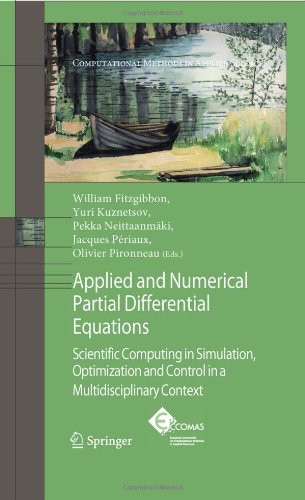

Most ebook files are in PDF format, so you can easily read them using various software such as Foxit Reader or directly on the Google Chrome browser.
Some ebook files are released by publishers in other formats such as .awz, .mobi, .epub, .fb2, etc. You may need to install specific software to read these formats on mobile/PC, such as Calibre.
Please read the tutorial at this link: https://ebookbell.com/faq
We offer FREE conversion to the popular formats you request; however, this may take some time. Therefore, right after payment, please email us, and we will try to provide the service as quickly as possible.
For some exceptional file formats or broken links (if any), please refrain from opening any disputes. Instead, email us first, and we will try to assist within a maximum of 6 hours.
EbookBell Team

4.8
104 reviewsThe present volume is comprised of contributions solicited from invitees to conferences held at the University of Houston, Jyväskylä University, and Xi’an Jiaotong University honoring the 70th birthday of Professor Roland Glowinski. Although scientists convened on three different continents, the Editors prefer to view the meetings as single event. The three locales signify the fact Roland has friends, collaborators and admirers across the globe.
The contents span a wide range of topics in contemporary applied mathematics ranging from population dynamics, to electromagnetics, to fluid mechanics, to the mathematics of finance. However, they do not fully reflect the breath and diversity of Roland’s scientific interest. His work has always been at the intersection mathematics and scientific computing and their application to mechanics, physics, engineering sciences and more recently biology. He has made seminal contributions in the areas of methods for science computation, fluid mechanics, numerical controls for distributed parameter systems, and solid and structural mechanics as well as shape optimization, stellar motion, electron transport, and semiconductor modeling. Two central themes arise from the corpus of Roland’s work. The first is that numerical methods should take advantage of the mathematical properties of the model. They should be portable and computable with computing resources of the foreseeable future as well as with contemporary resources. The second theme is that whenever possible one should validate numerical with experimental data.
The volume is written at an advanced scientific level and no effort has been made to make it self contained. It is intended to be of interested to both the researcher and the practitioner as well advanced students in computational and applied mathematics, computational science and engineers and engineering.